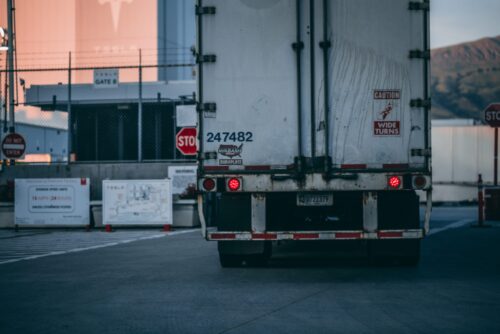
Certain trucking safety regulations have been established so that trucking accidents can be prevented. Though, these regulations are still violated far too often, leading to accidents that are quite severe, if not fatal. Read on to discover what safety violations most commonly cause 18-wheeler accidents and how a seasoned Toronto truck accident lawyer at Merricks Law Group, P.A. can help you through this.
What safety violations most commonly cause 18-wheeler accidents?
There are established rules of the road that are meant to be followed. But truck drivers must follow these rules all the more closely, as 18-wheelers are more difficult to stop and maneuver than a standard passenger vehicle. With that being said, the most common safety violations that lead to 18-wheeler accidents are as follows:
- Following another vehicle too closely (i.e., tailgating).
- Driving well above the established speed limit (i.e., speeding).
- Making improper lane changes (i.e., not checking blind spots).
- Having defective or missing wheel flaps (i.e., mud flaps).
- Using a handheld device while operating an 18-wheeler.
- Driving under the influence of drugs or alcohol.
- Failure to yield at the right of way.
- Failure to stop before a railroad.
- Failure to abide by traffic signs and signals.
- Failure to secure the 18-wheeler’s load.
Who is at fault for my accident?
If you are looking into filing a personal injury claim after your 18-wheeler accident, you must properly identify the at-fault party to direct your lawsuit toward.
For one, the truck driver would the responsible party if they were driving recklessly. But, the trucking company would be responsible if they failed to do a pre-trip inspection, place proper warning signs on the truck, or fix defective parts before sending the driver out onto the road. Or, some other outside element could be at fault, such as if there was poor inclement weather, hazardous road conditions, or otherwise.
What evidence do I need of my accident?
Once you identify who is at fault, you must collect enough evidence that ties your injuries and damages directly to your accident and the party’s negligence. Examples of such evidence are as follows:
- A copy of the accident report conducted by a law enforcement officer.
- Photos and videos of your injuries, damages, and the overall scene of the accident.
- Witness testimonies.
- Medical documents that state the date, time, and severity of your injuries.
- Medical bills that state the cost of your required treatments.
- Car repair bills.
From here, you must retain the services of a competent Toronto auto accident lawyer. Call us today:
